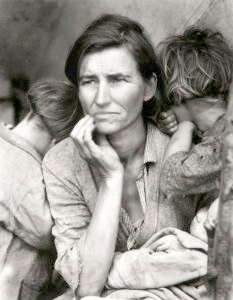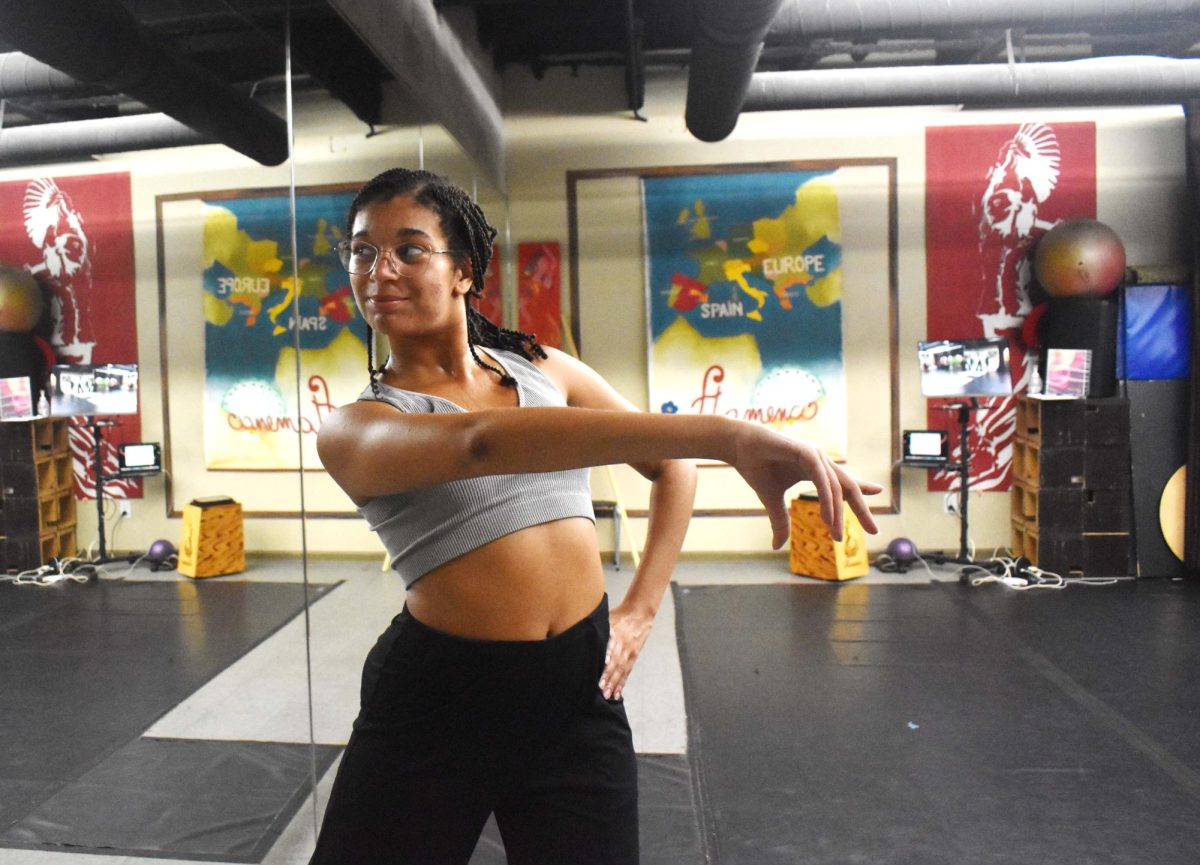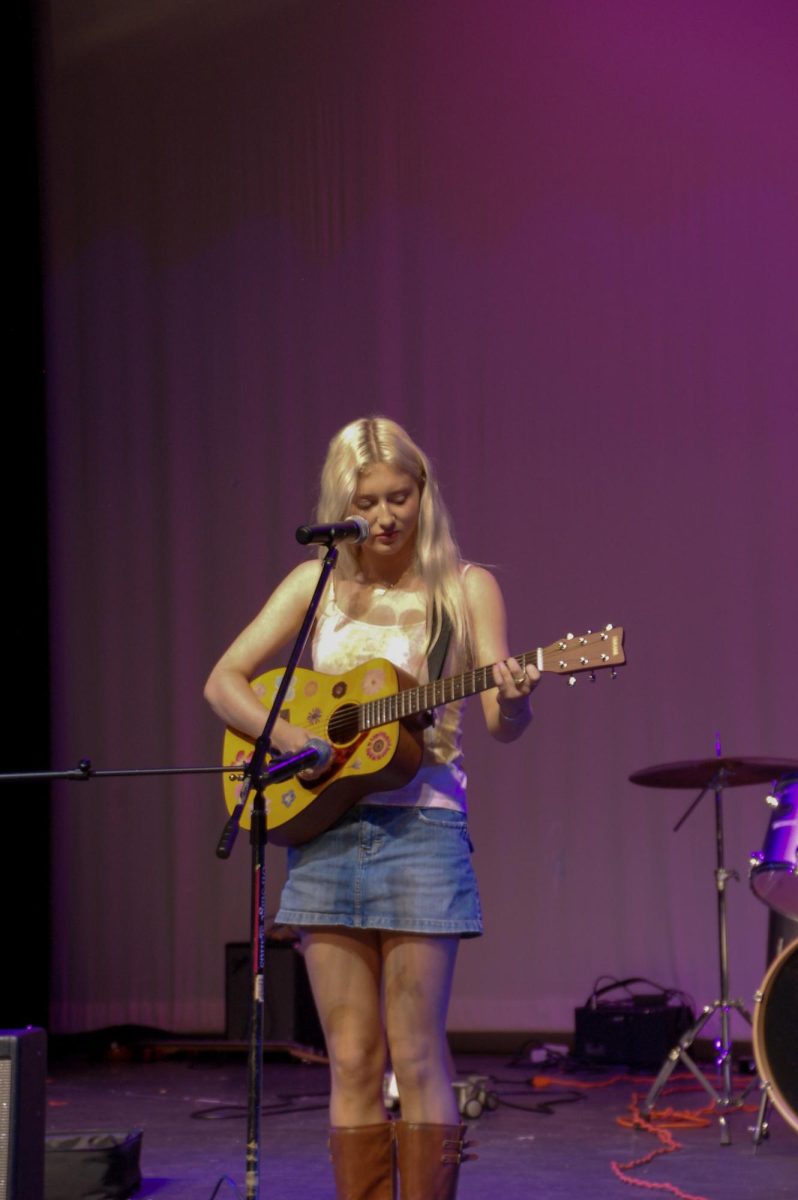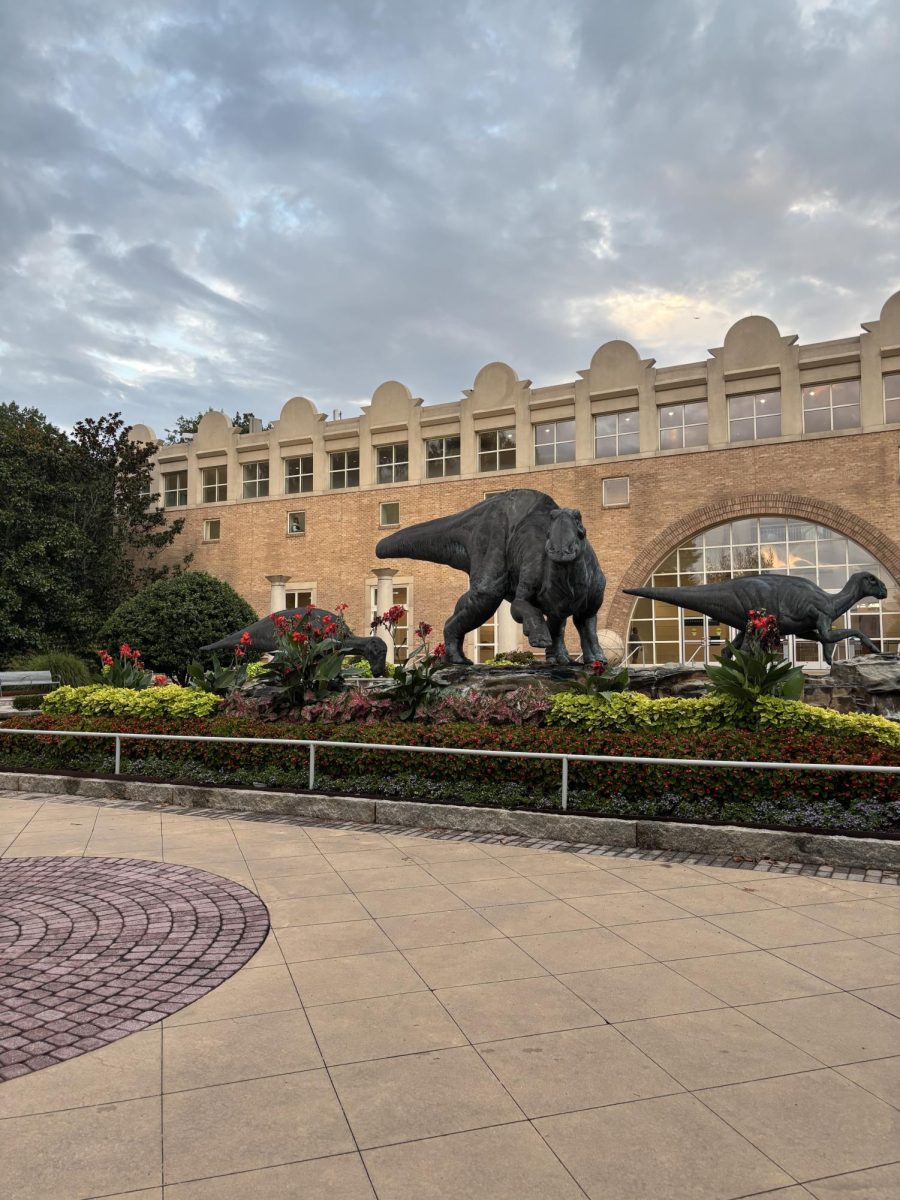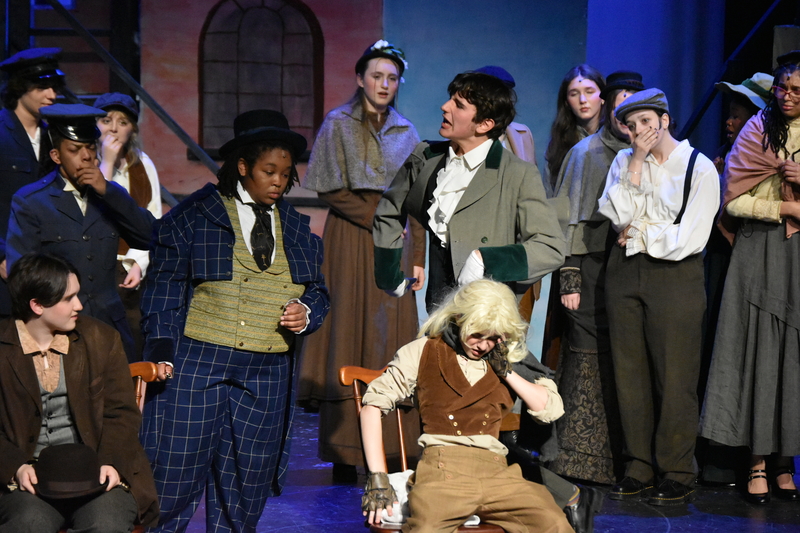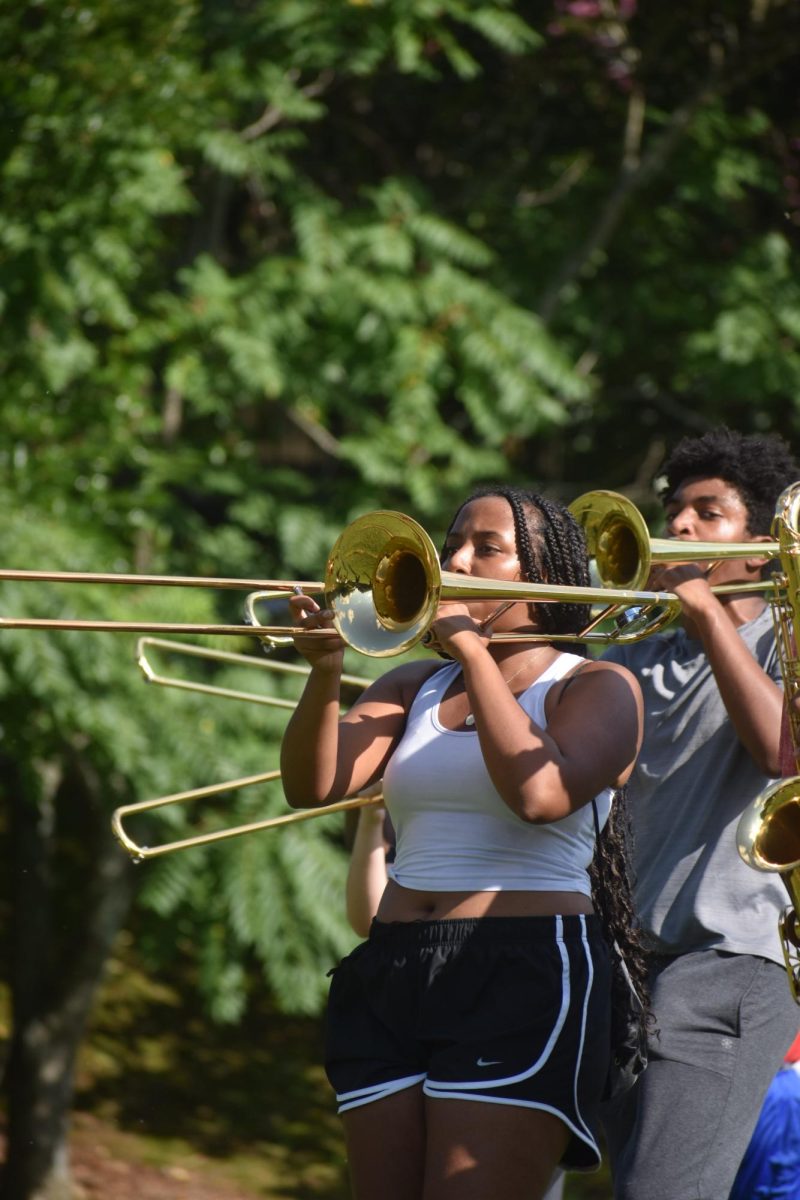
American photographer Ansel Adams (1902–1984) is well-known for his iconic black and white images of Western wilderness. Cartersville’s Booth Museum is currently hosting Ansel Adams: Before and After, which features over 30 of Adams’ original photographs created throughout his nearly 60-year career.
The exhibit also includes work of 24 other artists: Adams’ predecessors and peers along with contemporary artists.
“Through this exhibit, we hope to place Adams within the context of twentieth century photography and highlight his considerable legacy within the field,” museum docent Larry Maxwell said.
Adams famously said his primary motivation for photography was not to capture the visible beauty of what he saw, but rather to convey his emotions about what he saw.
“If I feel something strongly, I would make a photograph that would be the equivalent of what I saw and felt,” Adams said in a recorded conversation with fellow artist Georgia O’Keefe.
Photographer Tom Murphy, whose work is featured in the exhibit, echoes Adams.
“I try to translate the emotion I had when I made the photograph so that the viewer can get a little bit of that same emotion,” Murphy said.
Maxwell believes Adams’ pictures should be showcased alongside the work of artists such as Murphy who have helped make photography a true art form.
“[Adams] was able to band together with and then inspire all these other people to create this new direction for photography,” Maxwell said. “It’s amazing because [Adams] almost didn’t even become an artist.”
Training to become a concert pianist, a young Adams met photographer Paul Strand in Taos, N.M. in the early 1930’s. Adams was mesmerized by some of Strand’s glass plate negatives, writing, “I think Paul Strand has made the most beautiful photographic prints excepting nobody living or dead.” Strand’s impressive ability to capture variations of light over Southwestern landscapes convinced Adams to become a professional photographer.
Strand and his friend Alfred Stieglitz pioneered a more realistic Modernist style of photography which Adams soon adopted. Images taken by Adams’ mentors, including these two men as well as Edward Weston, Imogen Cunningham and Dorothea Lange, are featured at the beginning of the exhibition.
With Weston and five other West Coast photographers, Adams began Group f/64, a club for photographers with a similar Modernist aesthetic. Adams enlisted many members of Group f/64 to serve as instructors for his newly created photography program at the California School of Fine Arts as well as his workshops in Yosemite National Park.
It was during this time that Adams’ career exploded, creating such famous works as “Moonrise, Hernandez, New Mexico,” “Mount Williamson, Sierra Nevada from Manzanar, California” and “Tetons and the Snake River.” These images are included among the bevy of Adams’ work showcased in the middle portion of the exhibit.
The work of Adams’ peers, Brett Weston, Pirkle Jones, Bradford Washburn, Al Weber and prominent politician Barry Goldwater, are also featured in this section.
“The core of our exhibit is Adams’ work,” Maxwell said. “How he and his peers inspired a future generation of photographers.”
The images of contemporary artists, those who studied under Adams and others who were inspired by his work from afar, make up the third section of the exhibit.
“I’m still doing the same thing as [Adams],” Murphy said. “I’m out there now because I want to be outside. I want to see the wildlife interaction, experience the weather and share it with other people.”
Photographer Bob Kolbrener, whose work is also featured in this portion of the exhibit, attended one of Adams’ Yosemite workshops and later became an instructor there.
“It’s great to learn from the folks that came before you, from their imagery approach and the arc of their careers,” Kolbrener said.
Kolbrener also applies traditional photography tactics similar to Adams, such as shooting with film and printing in the darkroom. Some of the exhibit’s other artists, such as photographer Rex Naden, take a more modern approach.
“Photography is at the precipice of change,” Naden said. “Now a meaningful number of people aspire to create and share images.”
No one will ever know what equipment Adams would be using if he was still alive today, but one of his last recorded interviews provides a glimpse into the artist’s feelings about the new age of digital photography.
“It’s been a great experience to watch photographers progress and all the young people coming into the field,” Adams said. “The next step is for the art to be electronic.”
Ansel Adams: Before and After will be on display at the Booth Museum (501 Museum Dr., Cartersville, Ga.) until March 20. The exhibit costs $7 for students.

